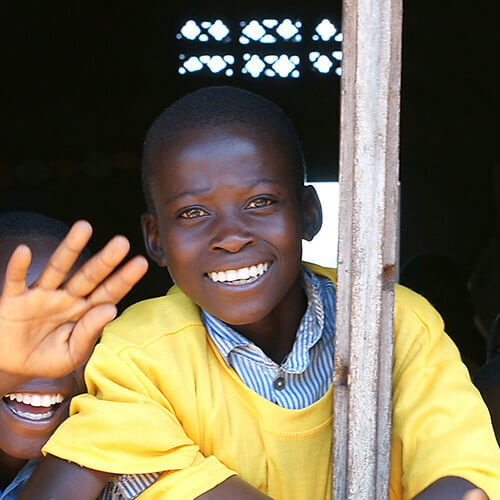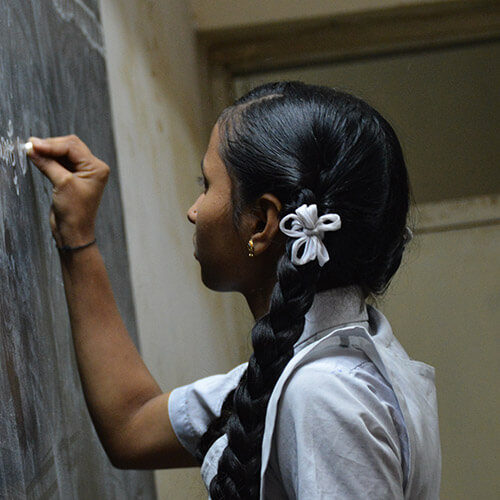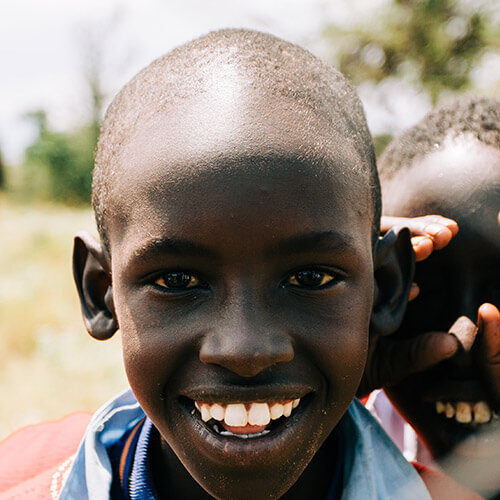When combating early childhood malnutrition, it is important to recognize the inherent diversity present across communities and cultures in India, and within this diversity lies both the challenge and the opportunity to create lasting change.
Through our concerted efforts, we strive to foster an environment where every child, regardless of their background or circumstances, has access to the nutrition and support they need to thrive.
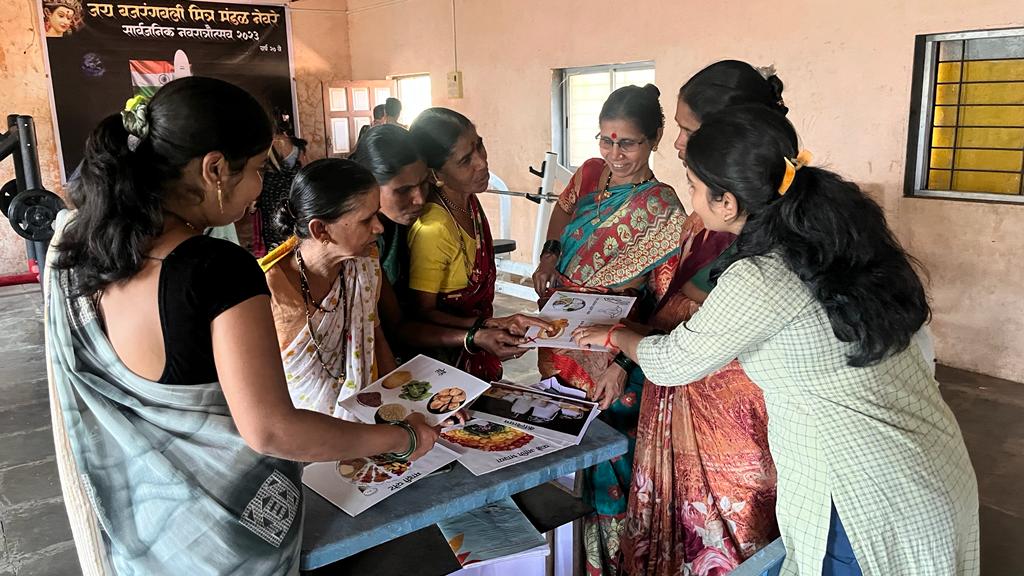
Understanding Diversity, Embracing Differences
India has myriad cultures, languages, and traditions, each with unique beliefs, practices, and challenges. Recognizing this diversity is fundamental to delivering impactful work in our fight against early childhood malnutrition. Impactful interventions, then, must not only engage communities with humility and respect but also take the time to understand their cultural nuances and sensitivities.
Inclusivity goes beyond mere aacknowledgmentof diversity; it necessitates action that addresses the specific needs and challenges different communities face.
When it comes to nourishing vulnerable communities in remote and marginalized communities across India, inclusivity isn’t just a buzzword – it’s a fundamental principle guiding our actions.
Addressing the complex web of cultural preferences, community barriers, language barriers, and even taste preferences is essential for the success and sustainability of our programs.
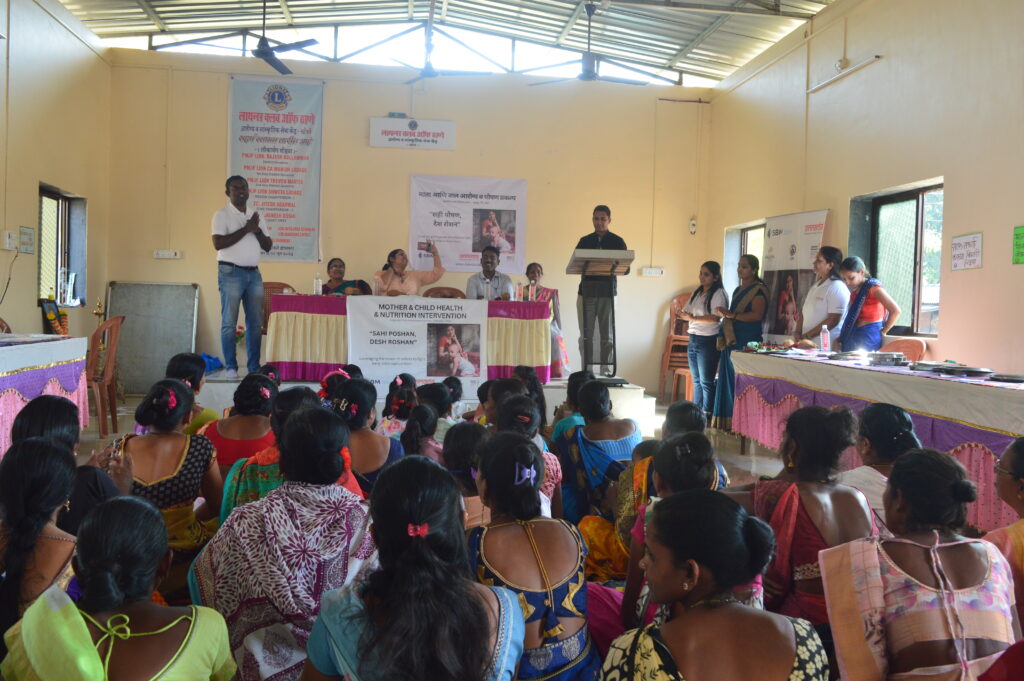
Here’s how we manage to weave inclusivity into the fabric of our interventions.
Managing cultural preferences
Integrating and empowering the communities we serve is a great way to tackle this challenge. To ensure our programs resonate with the community, we identify individuals from within the beneficiary community and induct them as our field counselors into the program.
Each field counselor is trained, provided a vocation, and becomes a key link between team ANNADA and the community, helping to drive program acceptance and delivery. These individuals become ambassadors who bridge the gap between our interventions and the community’s values.
This participatory approach helps to foster greater acceptance and trust within the community and enhances the effectiveness of our interventions, ensuring no one is left out.
Language: Breaking Down the communication barrier
Localized Communication: All communication materials – from collaterals to workshops – are meticulously designed in the local language. By aligning our messaging with the community’s linguistic preferences, we ensure that information is not only accessible but also comprehensible to all.
Communicating with the community in their language drives a sense of comfort and acceptance, which amplifies the program’s acceptance.

Taste of Food: Nourishing Bodies and Palates
Nutrition Design: Crafting nutritious meals that appeal to local tastes and preferences is pivotal to the success of a nutrition program.
Recognizing the importance of culturally acceptable food choices, we integrated readily available and commonly used local ingredients like peanuts, jaggery, sattus, grains, and millets into our nutrition design.
Leveraging these ingredients, we developed ready-to-cook and ready-to-eat meals that were nutritious and culturally native. These are customized to suit local palates and are easy to store, transport, and prepare at the last mile, ensuring accessibility and acceptability.
By embracing cultural preferences, breaking down language barriers, and catering to local tastes, we strive to create interventions that are effective, empowering & inclusive.
Together, we can build a future where no child is left behind, regardless of where they come from or their challenges.
We invite you to work with us to implement meaningful programs to help children lead happier and healthier lives.


